Osteoarthritis in the knee joint, also known as knee osteoarthritis or gonarthrosis, is a degenerative joint disease characterized by the gradual breakdown of cartilage tissue in the knee joint. It is the most common form of arthritis and affects millions of people worldwide. This condition can lead to significant pain, stiffness, and functional impairments that can greatly impact quality of life. To better understand the impact of knee osteoarthritis, let’s delve into the causes, symptoms, and consequences in detail.
Causes of Knee Osteoarthritis:
Aging: Age is one of the primary risk factors for the development of knee osteoarthritis. As individuals age, the quality of cartilage tissue decreases. The cartilage in the knee joint serves as specialized tissue that acts as a shock absorber and facilitates smooth joint movement. Over time, daily stresses and normal wear and tear can damage the cartilage. Additionally, the body’s ability to repair cartilage diminishes with age, leading to progressive joint degeneration.
Obesity: Excess weight is another significant risk factor for the development of knee osteoarthritis. The knee joint is a complex structure that bears the entire body weight. In cases of overweight or obesity, the knee joint is subjected to excessive stress, which can accelerate cartilage breakdown. This additional burden can expedite the development of arthritis and worsen symptoms.
Injuries: Previous knee injuries, such as meniscal tears, ligament ruptures, or cartilage damage, increase the risk of developing knee osteoarthritis. Even if the injury has been appropriately treated and symptoms initially subsided, it can have long-term effects on the knee joint. Injuries can directly damage the cartilage or compromise the biomechanical integrity of the joint, leading to accelerated cartilage breakdown.
Genetics: Genetic predisposition plays a role in the development of knee osteoarthritis. Studies have shown that certain genetic variations can increase the risk of arthritis. Individuals with a family history of arthritis are at an elevated risk of developing the condition. However, the exact mechanisms through which genes influence the onset of osteoarthritis are not fully understood and remain the subject of intensive research.
Occupational Strain: Certain occupations that place excessive stress on the knee joint can increase the risk of developing arthritis. These include tasks that involve frequent bending, kneeling, or lifting, as well as those associated with repetitive movements that strain the knee joint. People working in professions such as construction workers, tile setters, or farmers are at an increased risk of developing knee osteoarthritis.
Symptoms of Knee Osteoarthritis:
Pain: Knee pain is the most common symptom of knee osteoarthritis. Pain may develop gradually and initially occur only during specific activities such as climbing stairs, walking, or running. However, as the condition progresses, pain can become chronic and occur even during periods of rest. The intensity of pain can vary from mild to severe and debilitating.
Stiffness: Stiffness in the knee is another common symptom of knee osteoarthritis. Particularly in the morning upon waking or after prolonged periods of rest, the knee may feel stiff and immobile. Stiffness can restrict knee mobility and make it difficult to perform certain activities.
Swelling: Inflammation in the knee joint can lead to swelling as a response to cartilage damage. Swelling may enlarge the knee joint and cause a sensation of tightness or discomfort. In some cases, swelling can be severe enough to impair knee mobility.
Restricted Mobility: Due to pain, stiffness, and swelling, mobility of the knee may be restricted. Individuals may have difficulty fully extending or bending the knee, which can hinder the performance of everyday activities such as walking, climbing stairs, or rising from a seated position.
Crepitus: Grinding, cracking, or popping sounds in the knee may occur as damaged cartilage moves within the joint. These sounds, often referred to as crepitus, may be palpable or audible during knee movements. While common, crepitus is not always present in knee osteoarthritis and can be bothersome to patients.
Consequences of Knee Osteoarthritis:
Deformities: Advanced knee osteoarthritis can lead to deformities of the knee joint. Decreasing cartilage layer results in loss of joint space, altering joint mechanics. This can lead to misalignment of the knee, such as bow-leggedness or knock-knees. Deformities can further increase knee stress and worsen symptoms.
Muscle Atrophy: Pain and functional impairments associated with knee osteoarthritis can lead to a decline in muscle strength and volume. Individuals with arthritis tend to favor certain muscles and unload the knee joint, leading to muscle atrophy around the knee. This muscle loss can compromise joint stability and further restrict function.
Limited Mobility: Pain, stiffness, and functional impairments associated with knee osteoarthritis can result in limited mobility. Individuals may have difficulty moving freely and performing everyday activities such as walking, climbing stairs, rising from a seated position, or carrying heavy loads. Limited mobility can significantly impact quality of life and lead to a decrease in independence.
Psychological Distress: Chronic pain and reduced quality of life associated with knee osteoarthritis can lead to psychological distress such as depression or anxiety. Constant pain and daily limitations can lead to feelings of frustration, helplessness, and hopelessness. Psychological distress can make coping with the disease more challenging and further impair quality of life.
Physiotherapy for Knee Osteoarthritis:
Physiotherapy plays a crucial role in the management of knee osteoarthritis, offering a variety of approaches to alleviate symptoms, improve function, and enhance quality of life. Here are more detailed explanations of various aspects of physiotherapy:
Pain Relief: Physiotherapists employ a variety of techniques to relieve pain in knee osteoarthritis. These include manual therapy, massage, myofascial release, heat and cold therapy, electrotherapy (e.g., TENS), and ultrasound therapy. These techniques aim to improve circulation, release muscle tension, reduce inflammation, and modulate pain perception.
Improvement of Mobility: Physiotherapists develop specific exercise programs to improve knee mobility. These include passive and active range-of-motion exercises, joint mobilization techniques, stretching exercises for shortened muscles and fascia, and techniques to improve joint kinematics. The goal is to increase knee mobility, reduce pain, and improve function.
Muscle Strengthening: Targeted muscle training is an essential component of physiotherapy for knee osteoarthritis. Physiotherapists develop individualized exercise programs to strengthen and stabilize the muscles around the knee. These include exercises to strengthen the quadriceps, hamstrings, calf muscles, and glutes, which help reduce load on the cartilage and improve joint stability.
Joint Protection: Physiotherapists provide education and guidance on joint protection for knee osteoarthritis. This includes instruction on appropriate movement patterns and body postures to unload the knee joint and prevent further damage. Techniques for proper lifting and carrying, walking and stair climbing, and the use of assistive devices such as canes or braces are included.
Improvement of Function: Physiotherapists work with patients to improve their functional abilities in daily life. This includes exercises and activities aimed at improving mobility, strength, endurance, coordination, and balance. The goal is to help patients maintain their independence and perform everyday activities safely and effectively.
Patient Education and Self-Management: Physiotherapists provide information, advice, and support for disease management and self-management of knee osteoarthritis. This includes education about the condition and its causes, the importance of exercise and physical activity, the use of self-help techniques for pain relief and relaxation, and the use of aids and support systems. The aim is to help patients develop active self-management and improve their quality of life despite the condition.
Physical therapy and manual therapy are two important components of the physiotherapeutic treatment of knee osteoarthritis. These therapies can have positive effects on the condition in various ways:
Physical Therapy:
Improvement of Mobility: Physical therapy aims to improve mobility of the knee joint. Through targeted exercises for stretching and mobilization, the flexibility of muscles, tendons, and ligaments around the knee can be improved. Improved mobility facilitates the performance of everyday activities such as walking, stair climbing, and rising from a seated position and reduces the stiffness commonly associated with knee osteoarthritis.
Muscle Strengthening: Physical therapy also includes exercises to strengthen the muscles around the knee joint. Through targeted muscle training, the quadriceps, hamstrings, calves, and gluteal muscles can be strengthened, contributing to joint stabilization and reducing load on the cartilage. Strong muscles can also help prevent knee joint deformities and improve joint function.
Relief of Cartilage Stress: Through targeted exercises and movements, physical therapy can help relieve stress on the knee joint and reduce load on damaged cartilage. For example, certain exercises can help distribute body weight more evenly and improve the biomechanical alignment of the joint, which helps slow down cartilage wear and tear and alleviate symptoms of arthritis.
Improvement of Joint Stability: By training the stabilizing muscles around the knee joint, physical therapy can help improve joint stability. A more stable joint structure reduces the risk of injuries and improves the functionality of the knee in daily life.
Manual Therapy:
Pain Relief: Manual therapy includes techniques such as massage, myofascial release, and joint mobilization, which can help relieve pain in the knee joint. Through targeted manipulations and massage techniques, tension can be released, inflammation reduced, and pain perception modulated. Manual therapy can be an effective method for short-term pain relief, helping patients feel better and be more active.
Improvement of Joint Mobility: Manual therapy can also help improve mobility of the knee joint. Through gentle mobilization techniques and manipulations, stiff or restricted joints can be loosened, and joint mobility improved. Improved mobility facilitates the performance of exercises and activities and contributes to improving knee function.
Reduction of Inflammation and Swelling: Manual therapy can help reduce inflammation in the knee joint and relieve swelling. Techniques such as lymphatic drainage or gentle massage can improve lymphatic flow and support the removal of inflammatory substances from tissues. This can help reduce pain and discomfort and promote joint healing.
Improvement of Proprioceptive Perception: Proprioception refers to the body’s ability to perceive the position and movement of its limbs in space. In knee osteoarthritis, proprioceptive perception may be impaired, leading to reduced joint stability and coordination. Manual therapy can help improve proprioceptive perception by stimulating receptors in the joint and improving neural activity. Improved proprioceptive control contributes to joint stabilization and reduces the risk of injuries.
In addition to physical therapy and manual therapy, there are a variety of other physiotherapy modalities that can be used in the treatment of knee osteoarthritis. These include:
Aquatherapy:
Pain Relief: Aquatherapy, also known as water therapy, takes place in a warm pool and provides a joint-friendly environment for performing exercises. The warm water can help relax muscles, relieve pain, and improve circulation.
Improvement of Mobility and Muscle Strength: In the water, movements are easier to perform, which can improve knee mobility. Additionally, water allows for effective strengthening of muscles around the knee joint, as water resistance intensifies muscle work.
Weight Offloading: Water allows for partial weight offloading, which can be particularly beneficial for individuals with knee osteoarthritis. By reducing the weight bearing on the knee joint, pain and stress can be reduced, while simultaneously improving knee function.
Electrotherapy:
Pain Relief: Electrotherapy includes techniques such as transcutaneous electrical nerve stimulation (TENS) and interferential therapy, which use electrical impulses to relieve pain and modulate pain perception. These techniques can be used for short-term pain relief in knee osteoarthritis.
Muscle Stimulation: Electrotherapy can also be used to stimulate muscle activity, inducing muscle contractions and improving muscle strength. This can help strengthen the muscles around the knee joint and increase joint stability.
Ultrasound Therapy:
Anti-inflammatory Effects: Ultrasound therapy uses high-frequency sound waves to penetrate deep into tissues and produce thermal and mechanical effects. This can help reduce inflammation in the knee joint and promote healing.
Improvement of Tissue Blood Flow: Ultrasound therapy can also improve blood flow in the knee joint, helping to transport nutrients and oxygen to damaged tissues and support the healing process.
Kinesiotaping:
Pain Relief and Stabilization: Kinesiotape is an elastic bandage applied to the skin, which can have various effects, including pain relief and stabilization of the knee joint. By adjusting the tension and placement of the tape, pain can be reduced, and joint stability improved.
Improvement of Proprioceptive Perception: Kinesiotape can also help improve proprioceptive perception by stimulating receptors in the skin and increasing sensory feedback. Improved proprioceptive control contributes to joint stabilization and can reduce the risk of injuries.
Overall, physiotherapy is an integral part of the holistic approach to treating knee osteoarthritis. Through individually tailored therapy, pain can be relieved, mobility improved, muscles strengthened, and knee function enhanced. Physiotherapy provides patients with the opportunity to actively participate in their recovery and improve their quality of life despite the condition.

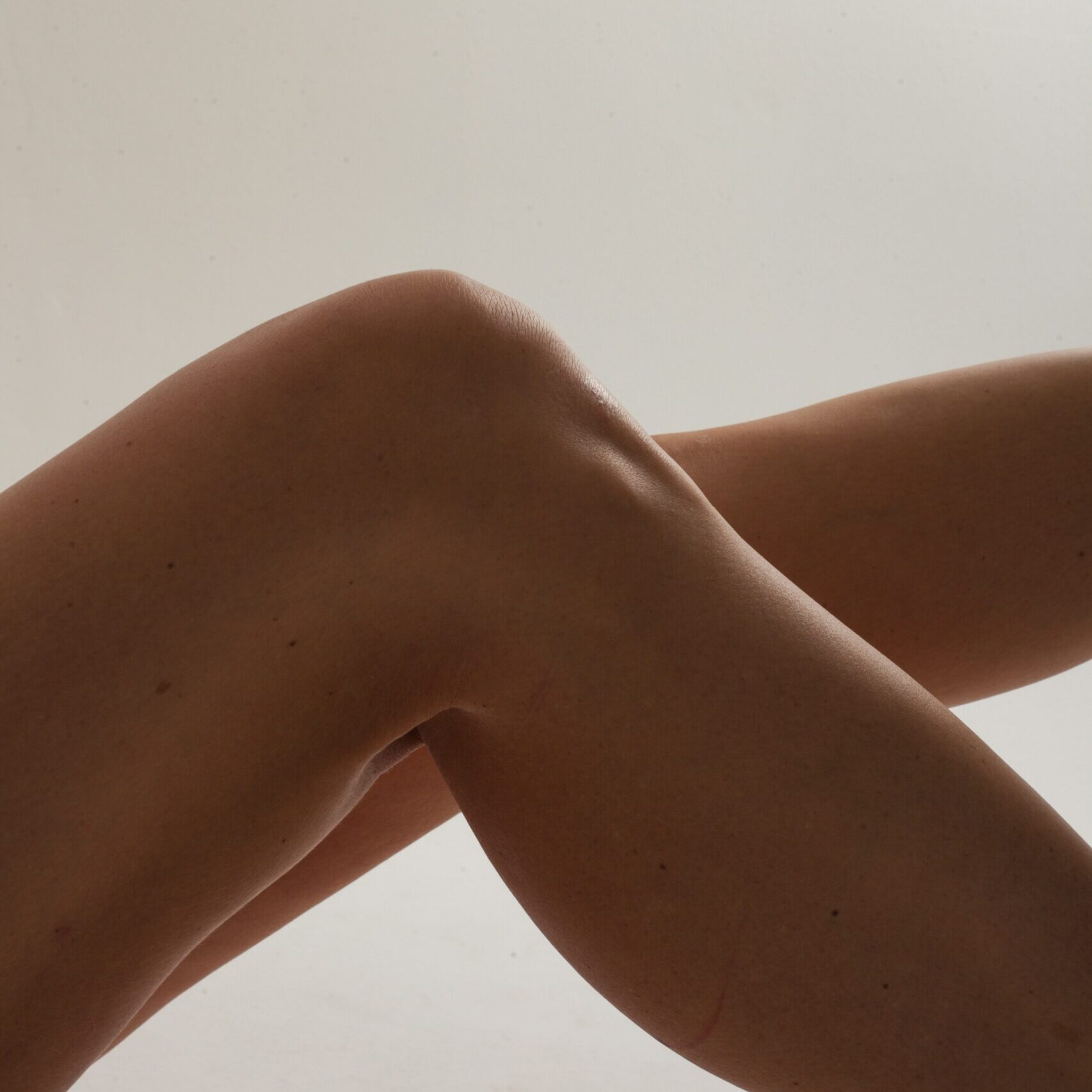
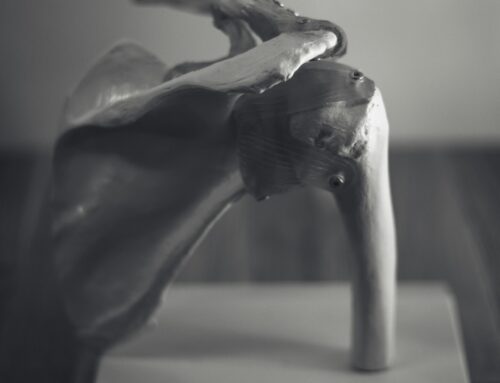
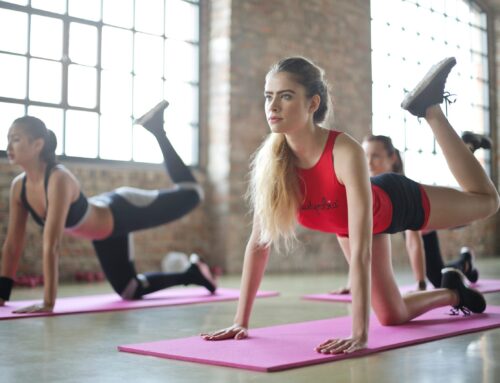

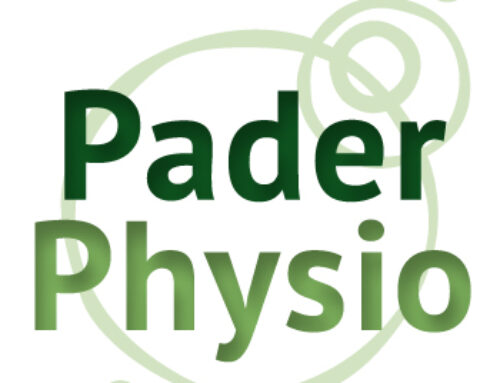
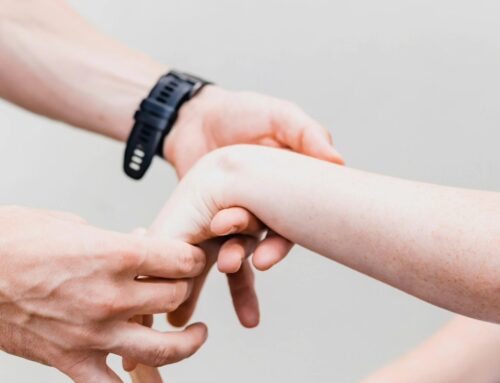
Leave A Comment